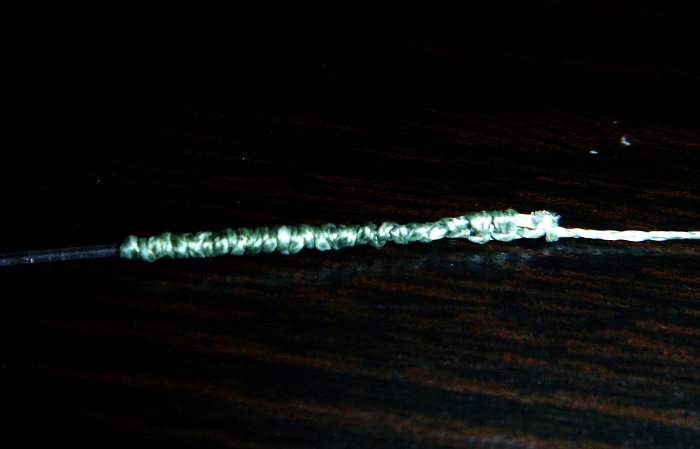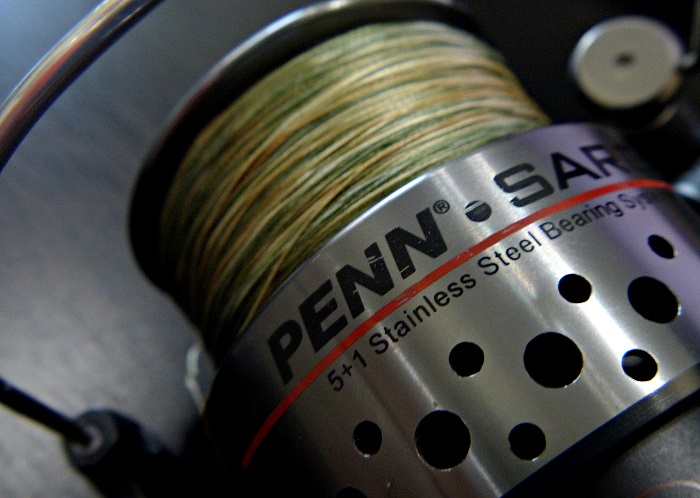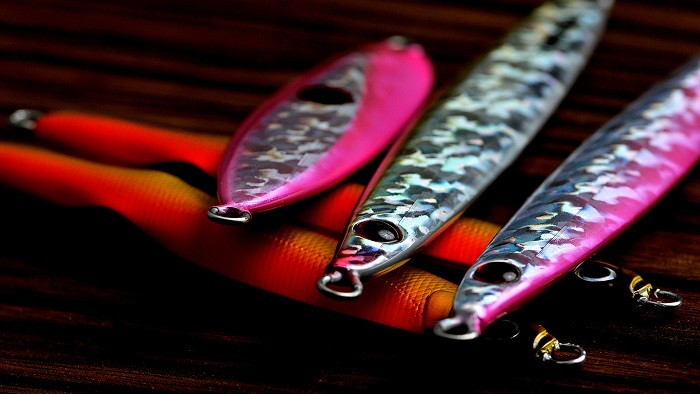Winter is coming and with it, the possibility of longer fishing hours and road trips to new fishing areas that are just too hot to fish in the summers.
The past few years, I have been quite tangled with fly fishing and kayak fishing. While I still love those types of fishing, I have been increasingly involved in all sorts of shore-based fishing. The convenience of fishing a walk away from your car appeals to me a lot because of my work schedule and it also gives me more time to fish with my little girl.
This coming winter, we’ll be exploring places where it might not be practical to take a kayak or a small boat and would be better explored with lures, and in some instances with bait, fished from shore. Fishing from shore and with the need to cover more ground, this type of fishing will mostly involve long rods that make very long casts to deeper water and covering more water a possibility.
Blast Off
It’s very practical to use long rods when fishing from shore. A long rod paired with a long-cast reel filled with thin line will make your casts go quite a distance from shore. In recent years, manufacturers have perfected the use of carbon on fishing rods making them thin, long, light and easier to handle than their low carbon and fibreglass counterparts from a decade ago. The pricing of these rods has also been very good for the wallets in recent time. 10 years ago, the pricing on long specialized carbon rods would have broken the bank, these days with the increased demand and with the major manufacturers joining in on the manufacturing of high carbon fishing rods of longer lengths have made the availability and price points better for us consumers.

Gone are the days when the longest rods you see on the breakwaters are the telescoping fibreglass poles that were so popular in the United Arab Emirates 10 years ago. Nowadays, you can see long rods being used from manufacturers such as Majorcraft, Shimano, Daiwa and Yamaga fished from the jetties dotting our coastline.
Choosing the Right Rod and Reel
With the deluge of brands available to the shore caster and the manufacturing jargon that goes with it, it is sometimes very difficult to decipher which rod would fit your need. Most shops are not really that familiar with the unique requirements of the method, considering the fact that most people that can afford a boat have bought one and they use short rods for their fishing. The vast majority of people that cast lures such as casting jigs and plugs from shore are left to figure things out on their own.
One of the concerns of budget conscious people is – a rod that they would be able to use for different fishing styles. These are also my requirements and I have been building up my arsenal of shore jigging rods, which are also designed to cast plugs such as poppers and stickbaits to weights of up to 80 grams. You can use it to cast baits. However, I have rods that are dedicated to bait fishing; this frees me from using the shore jigging rods while waiting for a bite on the bait rods.
Specialized rods might have been very expensive in the past, but good rods for shore jigging and plug casting have been priced reasonably lately.

The most important point for me when choosing rods for this type of fishing is the length – I would choose a rod that would be at the very least, 2.7m in length.
I fish with both Gstone and Majorcraft rods in lengths of three metres and 3.2 metres. The three metre Gstone Radegast casts lures of up to 40 grams while the 3.2m Majorcraft casts lures of up to 60 grams.
I use PE 1.5 for the lighter rod and use PE 2 for the heavier rod. The Radegast is rigged for small stickbaits, poppers and casting jigs while the Majorcraft Solpara Shore Jigging rod is mostly used for 40 to 60 gram jigs. Both rods retail for about 650 AED.
The reels I use are the same reels I use for jigging, the reel I use with the Radegast is an old Penn Sargus – a sturdy reel with a metal body and a drag that has proven consistently over the years. Penn has stopped manufacturing this line of reels and have several offerings that are basically upgraded versions of this reel – The Battle and Conflict. These reels are lighter and are basically upgraded versions of the Sargus and are also priced very competitively.
The reel I use for the Majorcraft is the new Orra Inshore reel from Abu Garcia. I have caught a few fish with this reel since purchasing it and I am quite happy with its construction. Both reels are spooled with Suffix braid and have been relatively worry free since I got them.
Jigs

All the shops in the UAE are now stocking good jigs at very good price points. I have been very happy with the jigs from Majorcraft, Zalts, Storm Gomoku, even the ones I bought from Dragon Mart that are complete knockoffs of the top brands. The most important thing to remember is to buy the ones that you are most comfortable casting and if the jigs and lures you cast are suited to your rod. Rods have the max casting weight marked on the blank.
Casting Far and Away
Casting far requires a balance of rod, reel, line, weight and casting skill – the length of the rod, the thinness the line, the shape of the spool, the shape and weight of the lure and the casting stroke all contribute to a long cast and therefore, a coverage of areas where most people casting from shore would not be able to reach – an area that does not get a lot of pressure from shore fishermen.
However, also keep in mind that this is just another method and not something that would always produce fish for you. More often than not, the fish are not even that far to begin with. At the end of it all, this is just a way for you to cast far and explore the water more.
Dreaming of Reels Screaming,
Kit
Words + Photos By: Kit Belen

